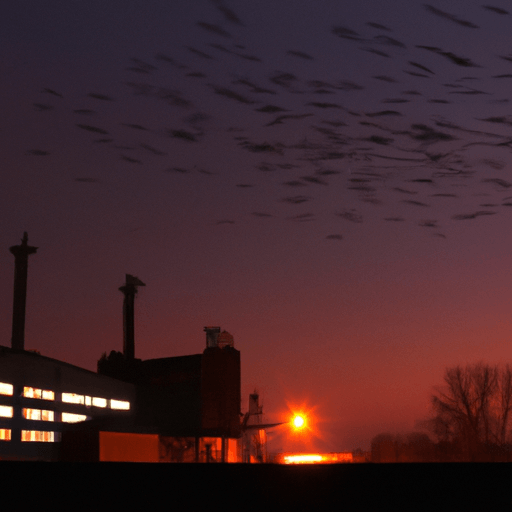Exploring The Impact Of Human Activity On Animal Migration Patterns
Animal migration is a crucial part of the environment’s balance and its disruption can have dire consequences. Human activities are having a major impact on animal migration patterns, resulting in a disruption of the natural patterns and sometimes leading to the extinction of species. This article will explore how human activities are disrupting animal migration patterns, the consequences of this disruption, the effects of our activities on the environment, and the measures being taken to mitigate the effects of human activities on animal migration.
How Our Activities Are Disrupting Animal Migration Patterns
Humans have been altering the environment in various ways to meet their needs – from hunting and fishing to logging and farming. As a result, natural habitats have been destroyed, animals have been displaced, and migration patterns have been disrupted. Additionally, climate change has led to an increase in the frequency and intensity of extreme weather, which can also have a major impact on animal migration.
The construction of roads, dams, and other infrastructure has also had a major impact on animal migration. Roads can act as physical barriers, preventing animals from migrating to their preferred habitats, while dams can disrupt the flow of water, which can have devastating impacts on aquatic life.
The Consequences Of This Disruption
The disruption of animal migration patterns can have a number of negative consequences for both the environment and the animal population. When animals are unable to migrate to their preferred habitats, their populations can decline, leading to a decrease in biodiversity and a decrease in the overall health of the ecosystem. Additionally, the disruption of migration patterns can lead to the extinction of certain species, as they are unable to find suitable habitats.
The Effects Of Our Activities On The Environment
Our activities are having a major impact on the environment, as well. The destruction of habitats and the disruption of animal migration patterns can lead to a decrease in biodiversity, which can have a major impact on the overall health of the environment. Additionally, the pollution caused by our activities – such as the burning of fossil fuels – can lead to an increase in global temperatures, leading to extreme weather, which can further disrupt animal migration patterns.
Measures Being Taken To Mitigate The Effects Of Human Activity On Animal Migration Patterns
Fortunately, there are a number of measures being taken to mitigate the effects of human activity on animal migration patterns. Governments and organizations are creating protected areas, such as national parks, to preserve habitats and ensure that animals can migrate to their preferred areas. Additionally, efforts are being made to reduce pollution and limit the destruction of habitats, helping to protect the environment and ensure that animal migration patterns can remain intact.
The Potential Long-Term Impacts Of Our Actions
The long-term impacts of our actions on animal migration patterns are still uncertain, but it is clear that the disruption of these patterns can have devastating consequences. It is possible that, if we continue to disrupt animal migration patterns, some species may become extinct, or the environment may become irreversibly damaged. As such, it is important that we take action to protect animal migration patterns, and ensure that our activities do not have a negative impact on the environment and the animal population.
















Comments
Leave a Comment